BYD Tang vs Peugeot 208 – Which one offers the better deal?
Compare performance, boot capacity, efficiency and price at a glance.
Find out which car is the better choice for you – BYD Tang or Peugeot 208?
Costs and Efficiency:
Looking at overall running costs, both models reveal some interesting differences in everyday economy.
Peugeot 208 has a convincingly advantage in terms of price – it starts at 20700 £, while the BYD Tang costs 64300 £. That’s a price difference of around 43603 £.
In terms of energy consumption, the advantage goes to the Peugeot 208: with 14.10 kWh per 100 km, it’s decisively more efficient than the BYD Tang with 24 kWh. That’s a difference of about 9.90 kWh.
As for range, the BYD Tang performs a bit better – achieving up to 530 km, about 98 km more than the Peugeot 208.
Engine and Performance:
Under the bonnet, it becomes clear which model is tuned for sportiness and which one takes the lead when you hit the accelerator.
When it comes to engine power, the BYD Tang has a convincingly edge – offering 517 HP compared to 156 HP. That’s roughly 361 HP more horsepower.
In acceleration from 0 to 100 km/h, the BYD Tang is clearly quicker – completing the sprint in 4.90 s, while the Peugeot 208 takes 8.30 s. That’s about 3.40 s faster.
In terms of top speed, the Peugeot 208 performs hardly perceptible better – reaching 200 km/h, while the BYD Tang tops out at 190 km/h. The difference is around 10 km/h.
There’s also a difference in torque: BYD Tang pulls clearly stronger with 680 Nm compared to 270 Nm. That’s about 410 Nm difference.
Space and Everyday Use:
Cabin size, boot volume and payload all play a role in everyday practicality. Here, comfort and flexibility make the difference.
Seats: BYD Tang offers evident more seating capacity – 7 vs 5.
In curb weight, Peugeot 208 is convincingly lighter – 1165 kg compared to 2630 kg. The difference is around 1465 kg.
In terms of boot space, the Peugeot 208 offers distinct more room – 352 L compared to 235 L. That’s a difference of about 117 L.
In maximum load capacity, the BYD Tang performs evident better – up to 1655 L, which is about 492 L more than the Peugeot 208.
When it comes to payload, BYD Tang clearly perceptible takes the win – 575 kg compared to 430 kg. That’s a difference of about 145 kg.
Who comes out on top?
Overall, the Peugeot 208 shows itself to be leaves the rival little chance and secures the title of DriveDuel Champion.
It convinces with the more balanced overall package and proves to be the more versatile choice for everyday use.
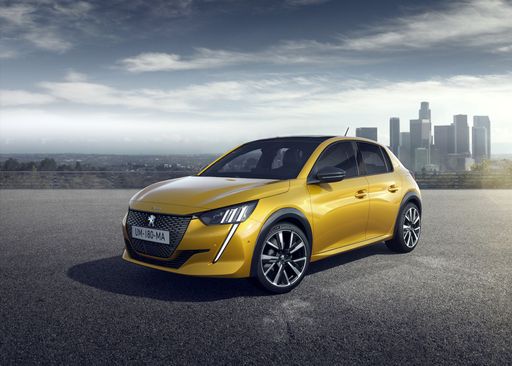
Peugeot 208
BYD Tang
The BYD Tang represents a bold entry into the competitive SUV market, blending cutting-edge technology with modern design aesthetics. Its spacious interior is complemented by high-quality materials and innovative features, making it a strong contender for families and tech enthusiasts alike. With an emphasis on sustainability, the Tang offers an eco-friendly driving experience without compromising on performance or luxury.
details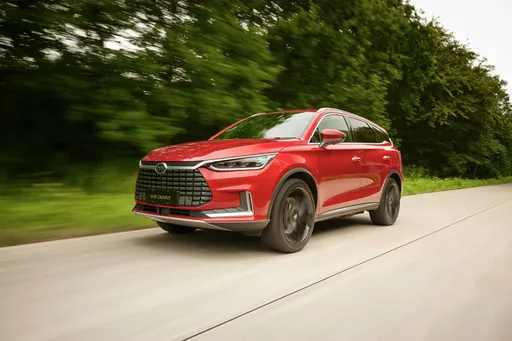 @ press.bydauto.be
@ press.bydauto.be
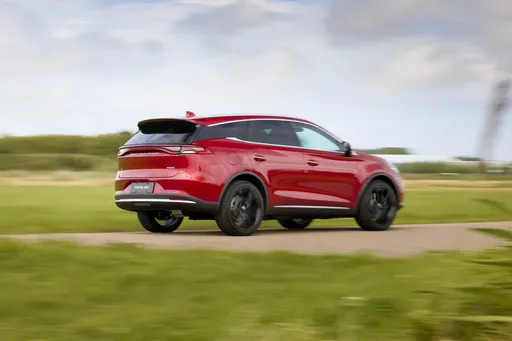 @ press.bydauto.be
@ press.bydauto.be
 @ press.bydauto.be
@ press.bydauto.be
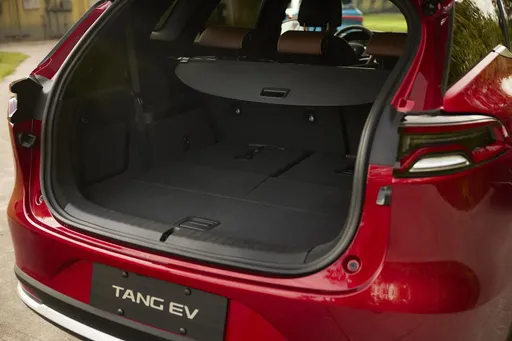 @ press.bydauto.be
@ press.bydauto.be
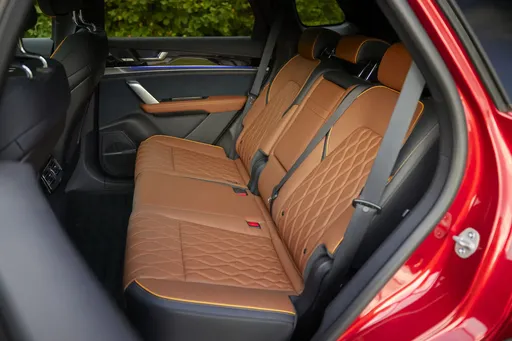 @ press.bydauto.be
@ press.bydauto.be
Peugeot 208
The Peugeot 208 exudes a distinctive French charm, combining sleek lines with an assertive stance on the road. Inside, it offers a modern and sophisticated cabin, complete with intuitive technology and high-quality finishes to enhance the driving experience. Its agile handling and efficient performance make it a delightful choice for both city commuting and longer journeys.
details @ www.media.stellantis.com
@ www.media.stellantis.com
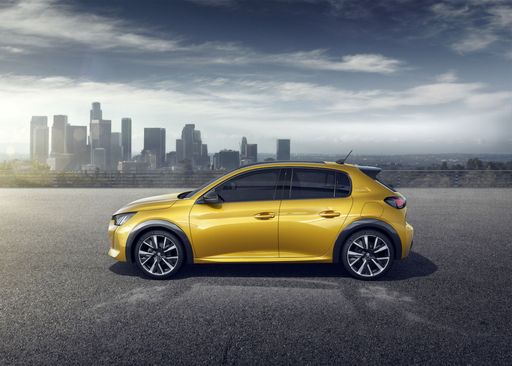 @ www.media.stellantis.com
@ www.media.stellantis.com
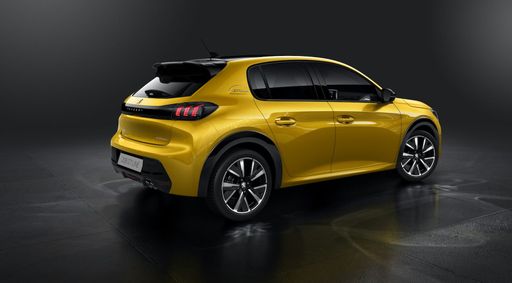 @ www.media.stellantis.com
@ www.media.stellantis.com
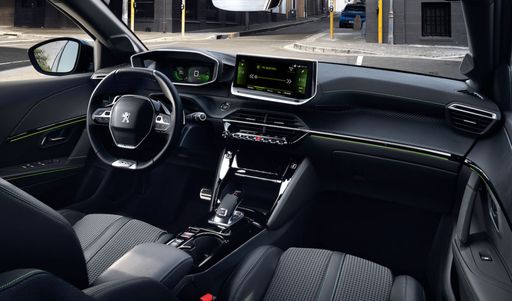 @ www.media.stellantis.com
@ www.media.stellantis.com

|

|
|
|
|
Costs and Consumption |
|
|---|---|
|
Price
64300 £
|
Price
20700 - 35200 £
|
|
Consumption L/100km
-
|
Consumption L/100km
4.5 - 5.2 L
|
|
Consumption kWh/100km
24 kWh
|
Consumption kWh/100km
14.1 - 15.4 kWh
|
|
Electric Range
530 km
|
Electric Range
362 - 432 km
|
|
Battery Capacity
-
|
Battery Capacity
46 - 51 kWh
|
|
co2
0 g/km
|
co2
0 - 117 g/km
|
|
Fuel tank capacity
-
|
Fuel tank capacity
44 L
|
Dimensions and Body |
|
|---|---|
|
Body Type
SUV
|
Body Type
Hatchback
|
|
Seats
7
|
Seats
5
|
|
Doors
5
|
Doors
5
|
|
Curb weight
2630 kg
|
Curb weight
1165 - 1530 kg
|
|
Trunk capacity
235 L
|
Trunk capacity
309 - 352 L
|
|
Length
4970 mm
|
Length
4055 mm
|
|
Width
1955 mm
|
Width
1745 mm
|
|
Height
1745 mm
|
Height
1430 mm
|
|
Max trunk capacity
1655 L
|
Max trunk capacity
1118 - 1163 L
|
|
Payload
575 kg
|
Payload
380 - 430 kg
|
Engine and Performance |
|
|---|---|
|
Engine Type
Electric
|
Engine Type
Petrol, Electric, Petrol MHEV
|
|
Transmission
Automatic
|
Transmission
Manuel, Automatic
|
|
Transmission Detail
Reduction Gearbox
|
Transmission Detail
Manual Gearbox, Reduction Gearbox, Dual-Clutch Automatic
|
|
Drive Type
All-Wheel Drive
|
Drive Type
Front-Wheel Drive
|
|
Power HP
517 HP
|
Power HP
101 - 156 HP
|
|
Acceleration 0-100km/h
4.90 s
|
Acceleration 0-100km/h
8.3 - 10.9 s
|
|
Max Speed
190 km/h
|
Max Speed
150 - 200 km/h
|
|
Torque
680 Nm
|
Torque
205 - 270 Nm
|
|
Number of Cylinders
-
|
Number of Cylinders
3
|
|
Power kW
380 kW
|
Power kW
74 - 115 kW
|
|
Engine capacity
-
|
Engine capacity
1199 cm3
|
General |
|
|---|---|
|
Model Year
2024
|
Model Year
2023 - 2025
|
|
CO2 Efficiency Class
A
|
CO2 Efficiency Class
D, A, C
|
|
Brand
BYD
|
Brand
Peugeot
|
Is the BYD Tang offered with different drivetrains?
The BYD Tang is available as All-Wheel Drive.
The prices and data displayed are estimates based on German list prices and may vary by country. This information is not legally binding.
